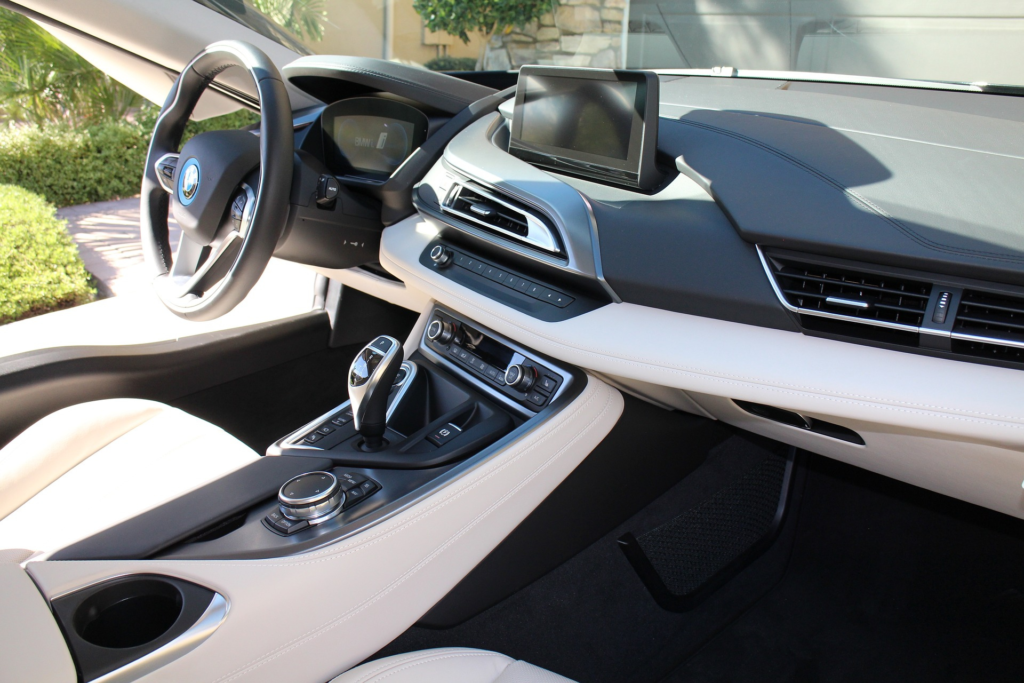Iceland: A Pioneer in EV Adoption Iceland, a country known for its beautiful scenery and use of renewable energy sources, is on its way to becoming the world leader in electric vehicles (EVs). Accordingly, sustainability is central to the country, sustainable solutions such as renewable energy are close to 100% used for power grid and presents itself as an excellent environment for Electric Vehicles to be used widely. The Rise of Electric Vehicles in Iceland: Advantages and Types of EVs Making a Difference in the Nation’s Transportation Landscape.
The State of Electric Vehicles in Iceland
Iceland is one of the highest country with per capita rate of EV adoption in the world. Part of the success owes to the country’s plentiful renewable energy sources, including geothermal and hydropower, that make EVs an extremely carbon-negative choice. The Icelandic government’s policy measures to promote electric mobility, alongside public willingness to adopt sustainable alternatives, has fast-tracked the switch even further.
In recent years, a large share of vehicle sales in Iceland have been electric vehicles or plug-in hybrids. EVs have increasingly filled the streets of cities like Reykjavík, supported by a strong network of charging stations.
Electric Vehicles in Iceland: Advantages Of Adaption
Environmental Sustainability: The move towards EVs in Iceland reflects its efforts at countering climate change. EVs have zero tailpipe emissions, which means these vehicles help considerably reduce both air pollution and greenhouse gas emissions.
Sustainable EV Charging: Iceland’s grid is almost entirely based on renewable energy, meaning EVs in the country can be charged sustainably, providing a greater environmental benefit from going electric.
Cost Savings: EVs have a lower cost of ownership than conventional vehicles with internal combustion engines. Low electricity prices and lower maintenance costs make them appealing for Icelandic consumers.
Energy independence: By consuming electricity derived from home-grown renewables to power its EVs, Iceland reduces its reliance on imported fossil fuels, increasing energy security.
Challenges to Adoption Electric Vehicles in Iceland
Iceland ranks among the world’s leaders for EV adoption, but challenges exist:
Upfront Costs: The up-front cost of buying an EV can be a considerably higher than that of standard vehicles. Government incentives somewhat mitigate this, yet for some consumers, the cost may still prove to be an obstacle.
Charging Infrastructure in Rural Areas: Their high charging networks in urban areas are well developed, but there are still gaps in rural and remote locations of charging infrastructure, which can be limiting factors in EV adoption in non-urban areas as well.
Battery Recycling: As the use of more EVs increases, responsible recycling and disposal of their batteries become increasingly important over time.
New Developments and Government Support
To incentivize EV adoption, the Icelandic government has introduced a number of programs:
Tax Incentives: Import duties, VAT and registration fees exemptions or reductions make EVs more accessible to consumers.
Development of Charging Infrastructures: Investments to expand the country’s charging network guarantee easy access for users of electric vehicles.
Leading by Example: Transitioning the Government’s Fleet
Education Campaigns: Public awareness initiatives on the advantages of EVs contribute to creating demand and consumer confidence.
Types of Electric Vehicles in Iceland
When it comes to electric vehicles, there isn’t a one-size-fits-all solution. Electric vehicles in Iceland consist of the following:
Battery Electric Vehicles (BEVs):
BEVs are battery electric vehicles that rely solely on batteries for power. They emit zero emissions and are charged with electricity. In Iceland, popular models include the Tesla Model 3, Nissan Leaf, and Volkswagen ID. 4.
Plug-In Hybrid Electric Vehicles (PHEVs):
PHEVs combine an electric motor and battery with a traditional internal combustion engine. They can run on electricity for short distances and switch to fuel for extended journeys. The former, which also applies to hybrids, includes models like the Mitsubishi Outlander PHEV and Volvo XC60 Recharge.
Hybrid Electric Vehicle (HEV):
HEVs utilize both a fuel engine and electric motor. These are charged through regenerative braking and do not need to be charge plugged in externally, making them different from PHEVs. The most well-known of them all, however, is the Toyota Prius, which is a widely available HEV in Iceland.
Electric Buses and Vans:
Iceland’s public and commercial transportation sectors are also moving toward electric options. Electric buses in Reykjavik reduce urban air pollution and noise emissions.
E-Motorcycles and Scooters:
These electric motorcycles and scooters are not as common as cars, but they are on the rise, especially in the cities,where they offer a more efficient and environmentally friendly way of getting around.

Electric Vehicles in Iceland
The Future of Electric Vehicles in Iceland
This shift towards electric mobility reflects Iceland’s commitment to sustainability and innovation. To drive EV adoption further, some steps need to be taken:
It’s role includes the goal to expand charging stations in every city, in order to overcome the range anxiety, one of the major concerns behind EV adoption as a range anxiety means the fear of running out of battery and won’t find any charging station nearby.
Affordability Improvements: Increasing subsidies or alternative financing can expand EV accessibility to a wider population.
Adaptation and Realignment of Existing Infrastructure: Adjust current electrical setup for EV charging with minimal service disruption.
Sustainable Practices for Batteries: The long run of EV batteries raise environmental concerns, thus developing effective recycling and disposal processes will help minimize the damage.
Conclusion
Iceland’s boom in electric vehicles is a reflection of the country’s commitment to creating a sustainable and energy-independent future. India, with a strong renewable energy base, enabling government policies and increasing awareness among its citizens is positioned to be at the forefront of the global transition to electric mobility. As charging stations become more widespread and technologies continue to advance, EVs will become part of Iceland’s transportation ecosystem, preserving its pristine environment for generations to come.


